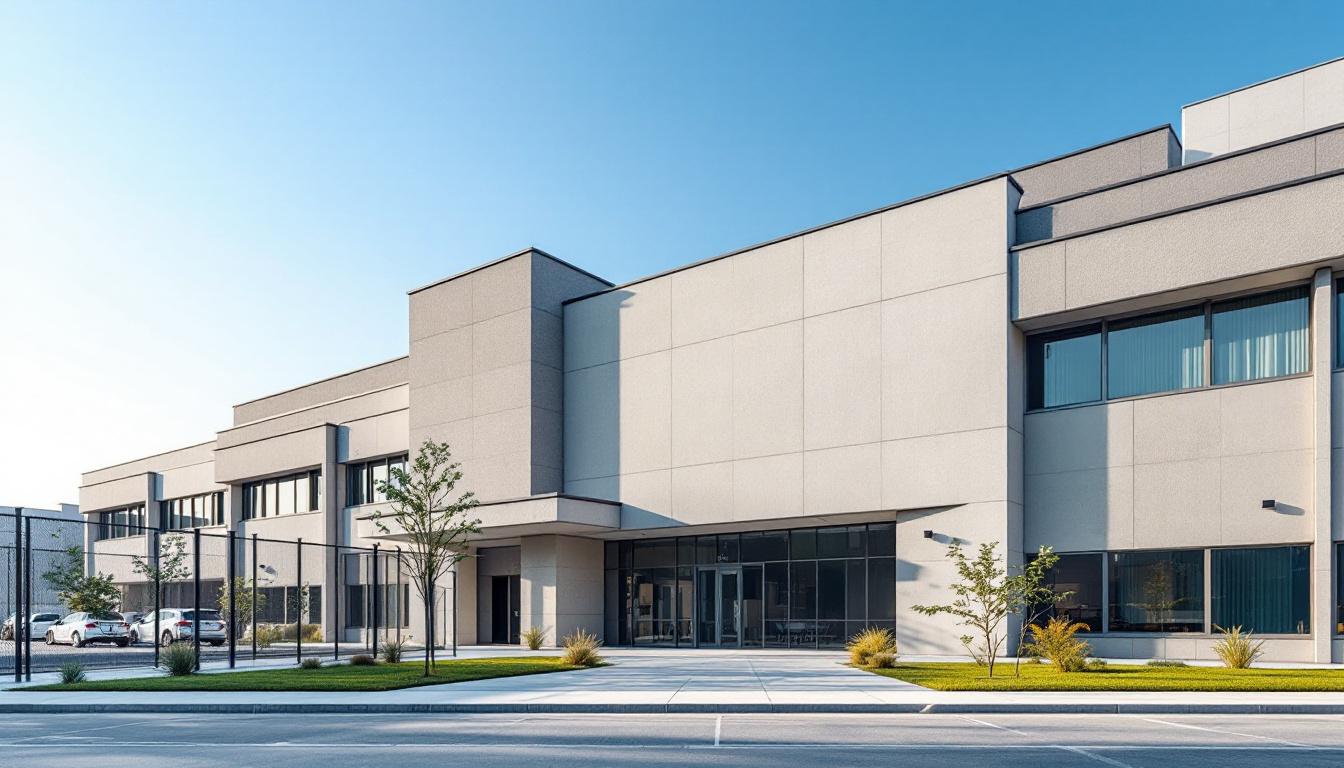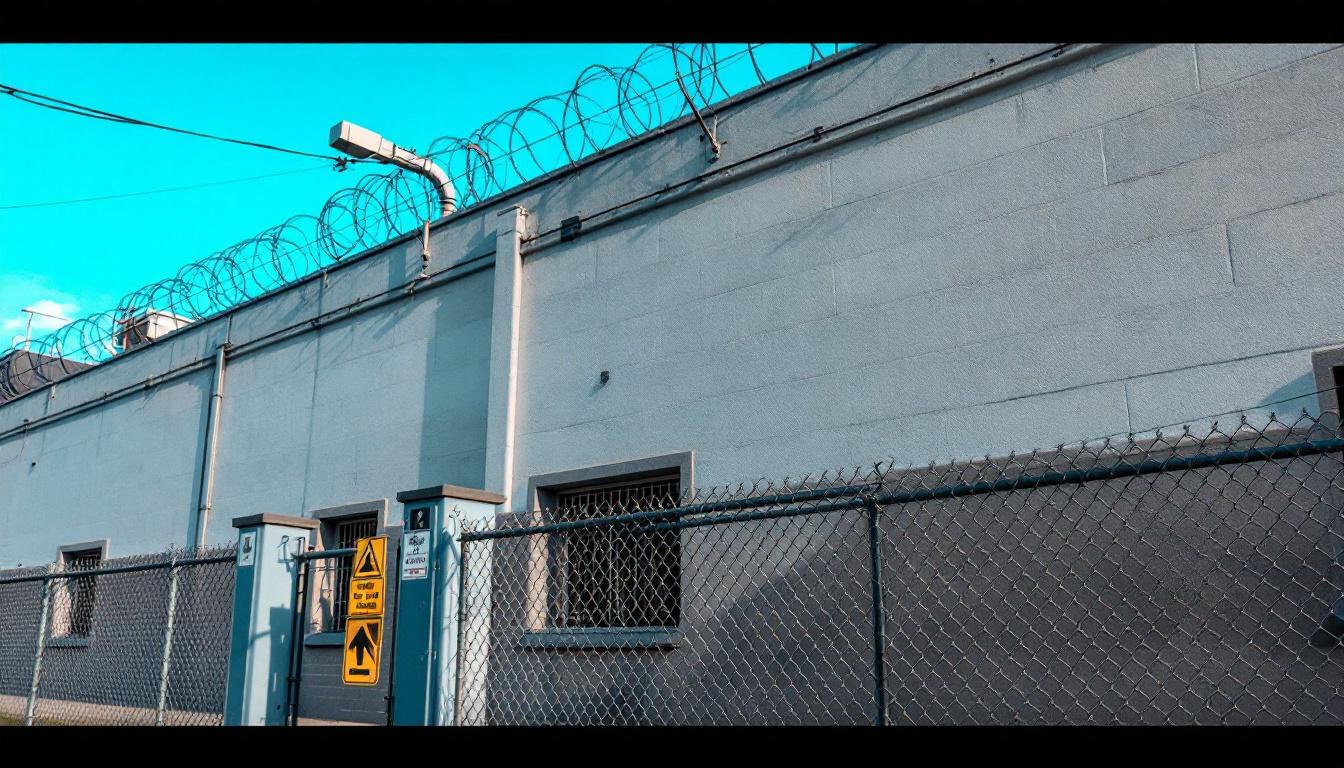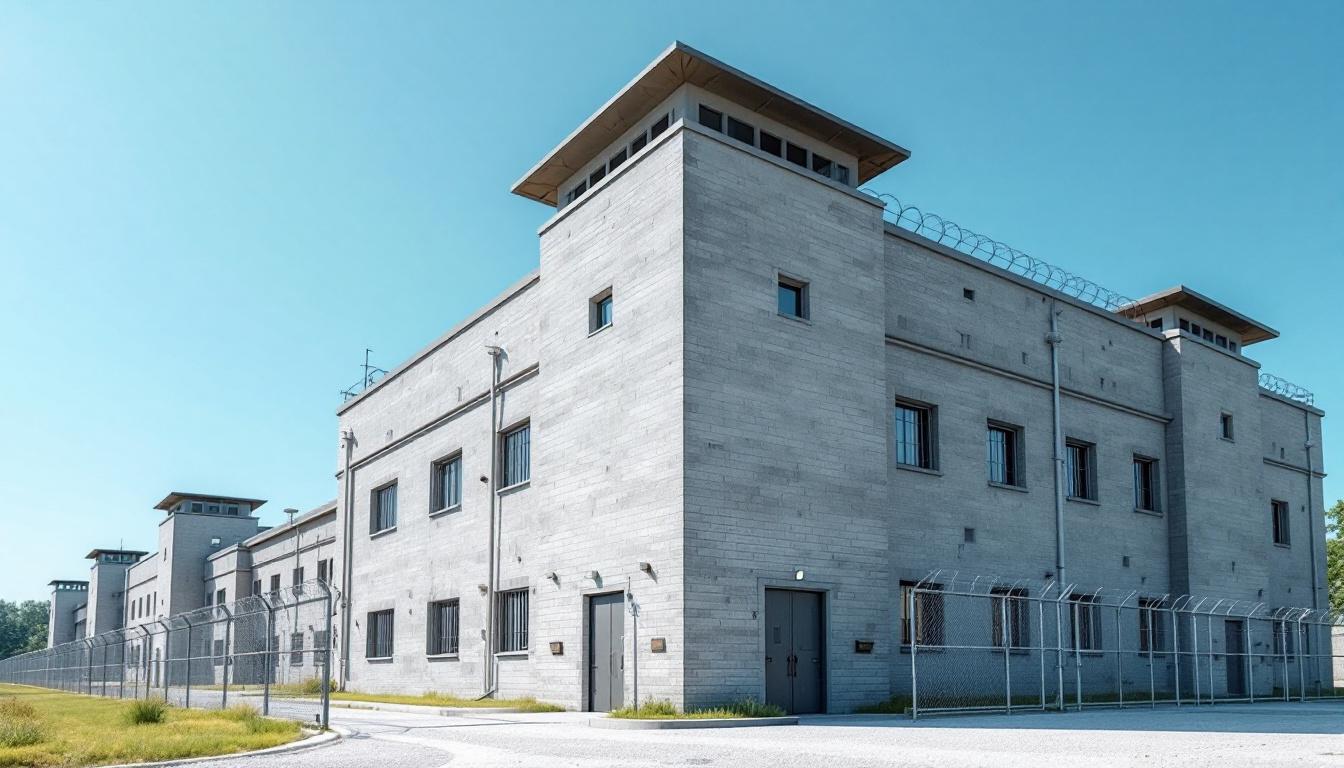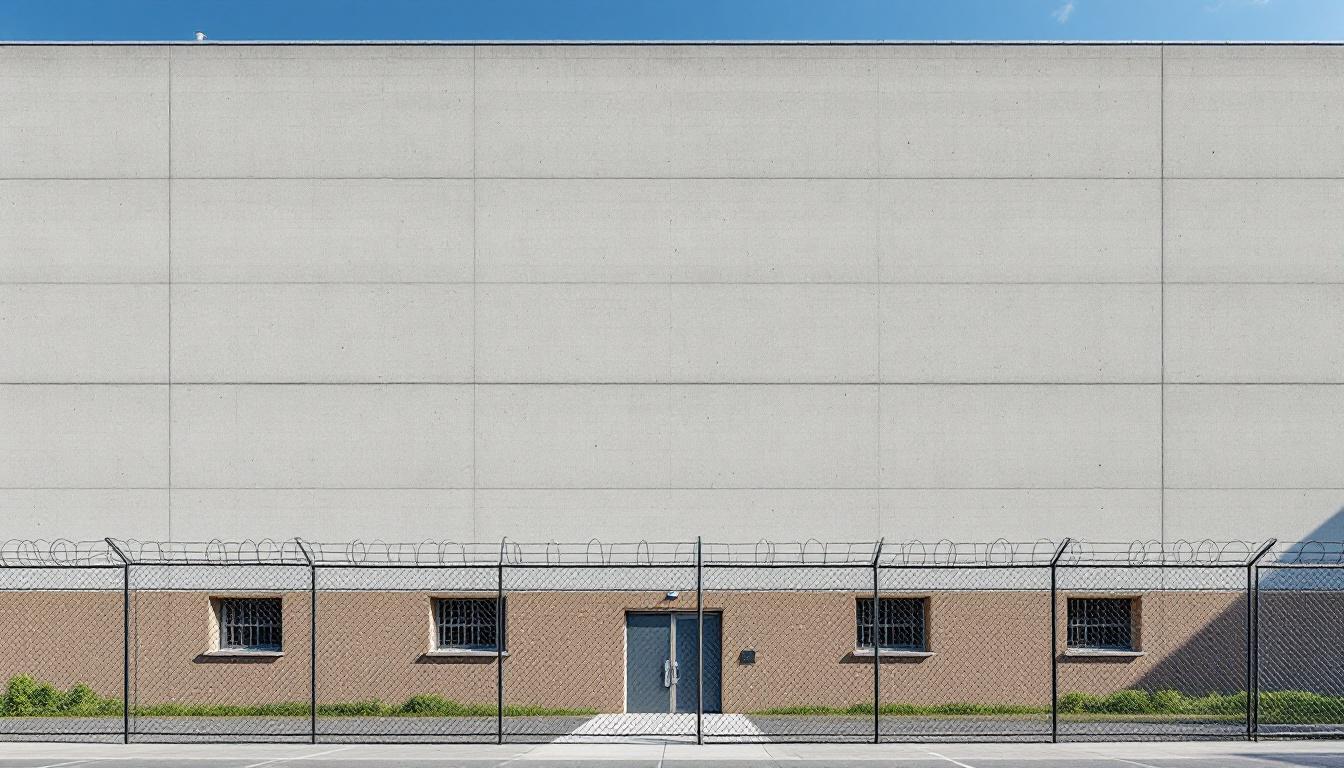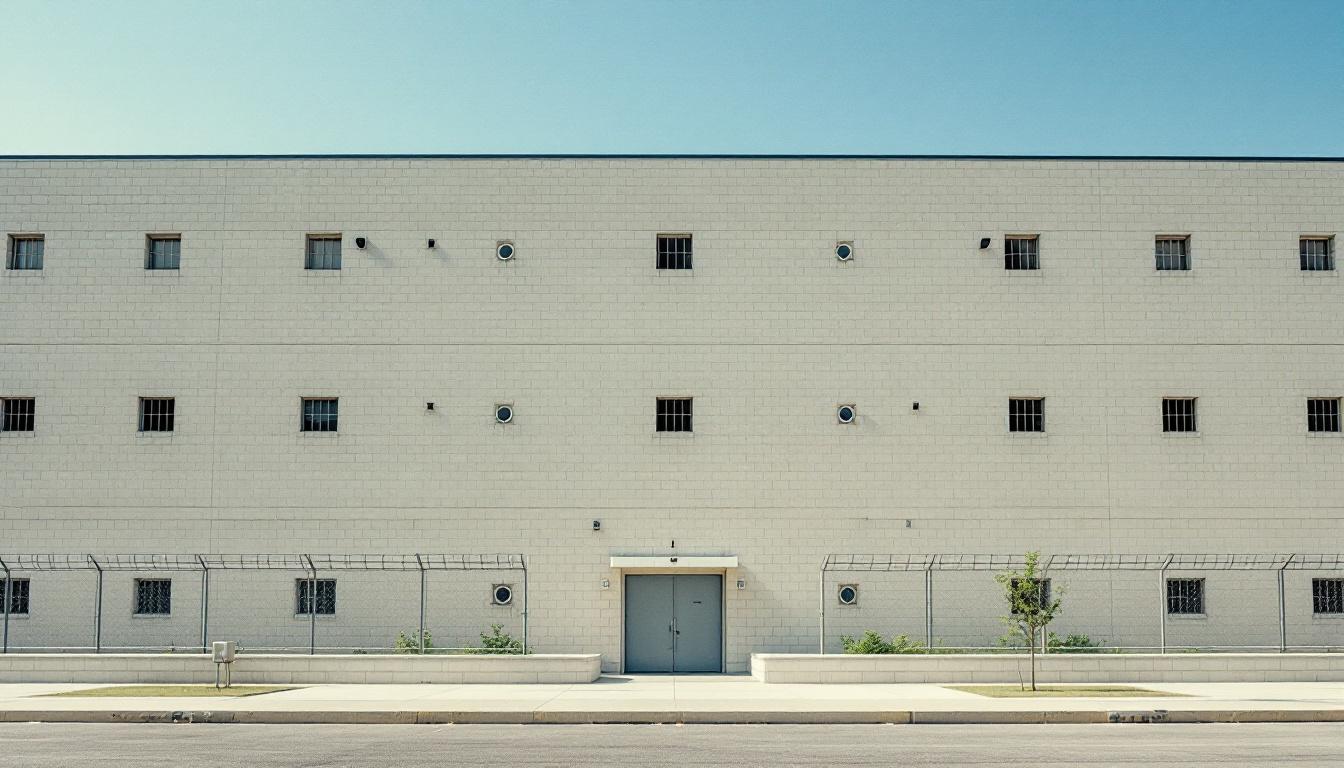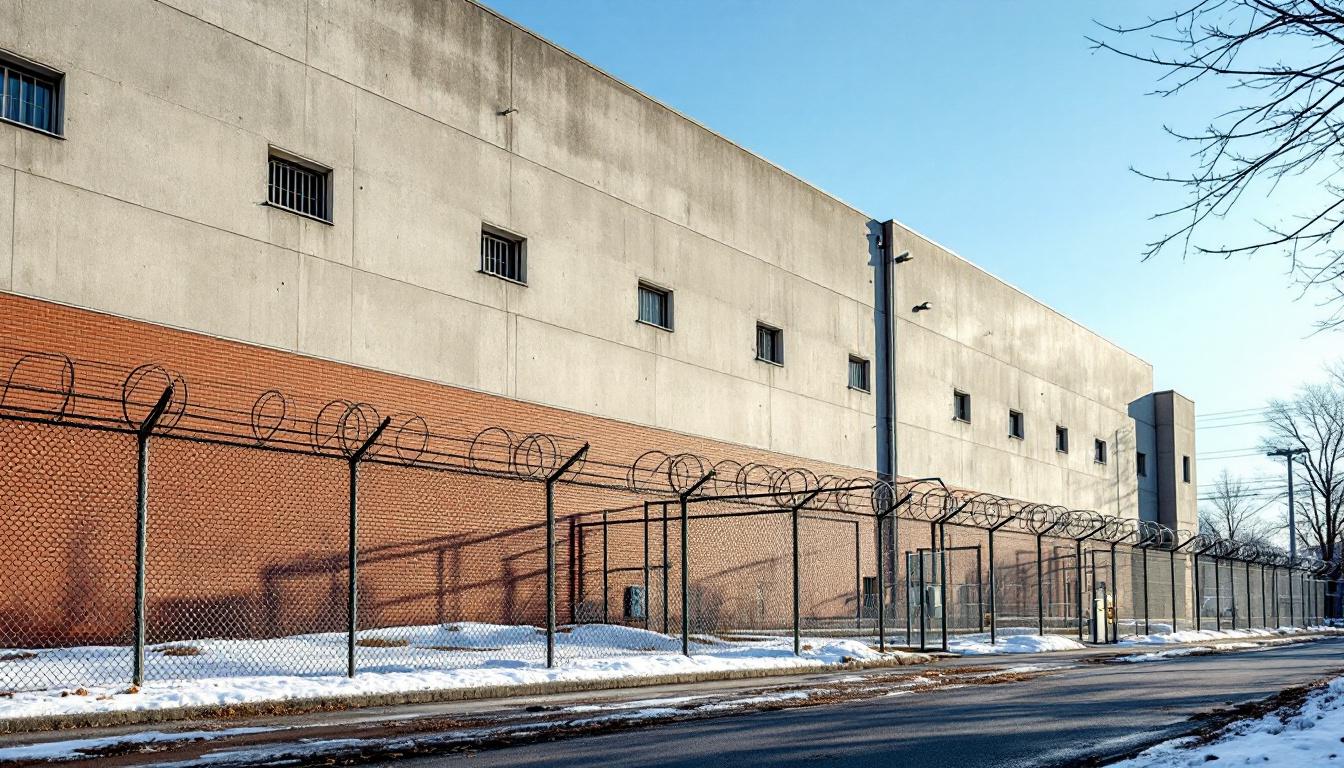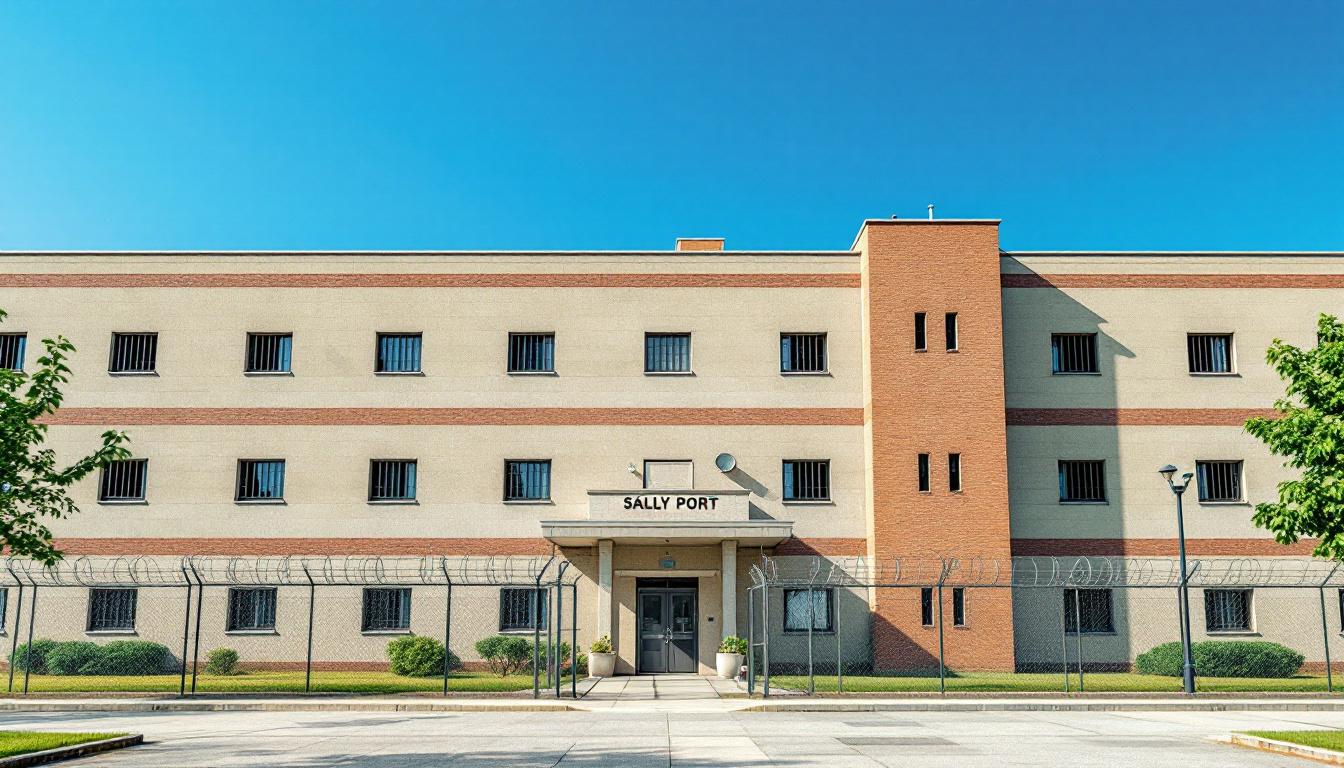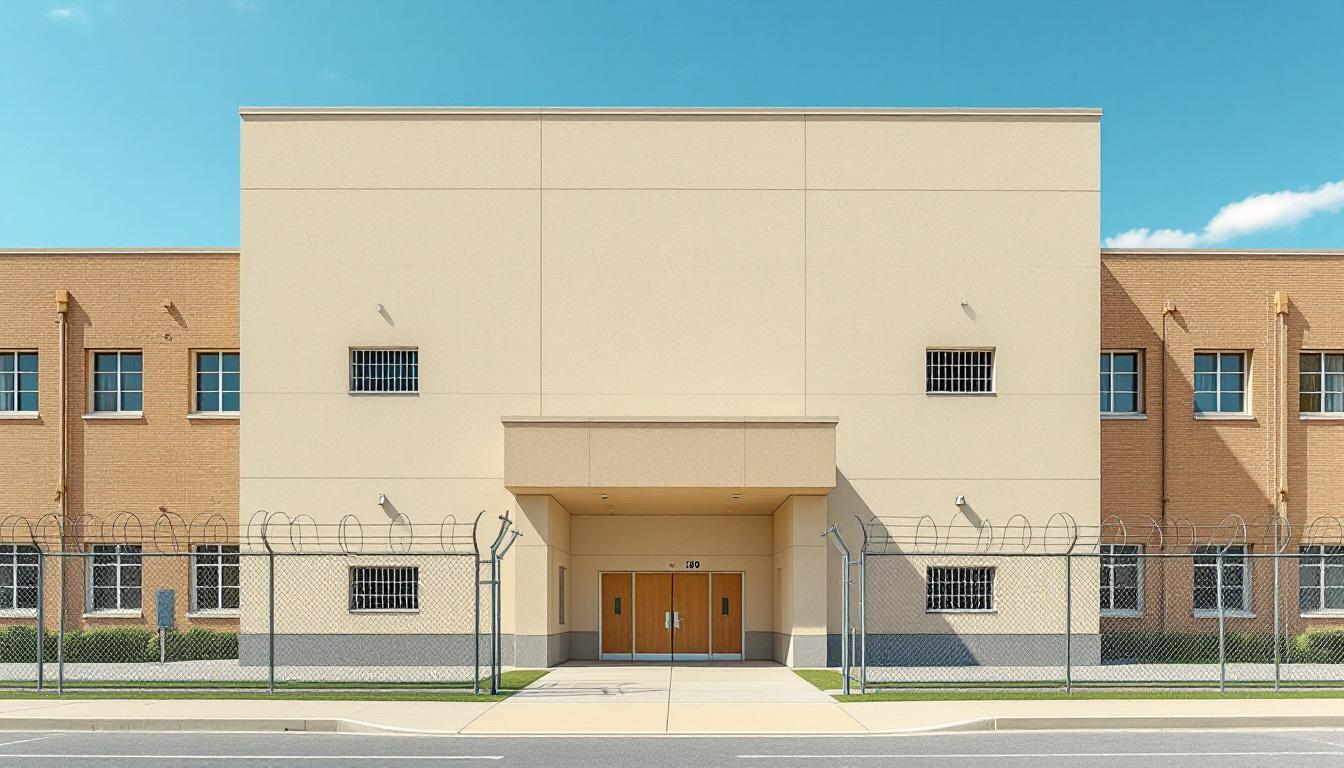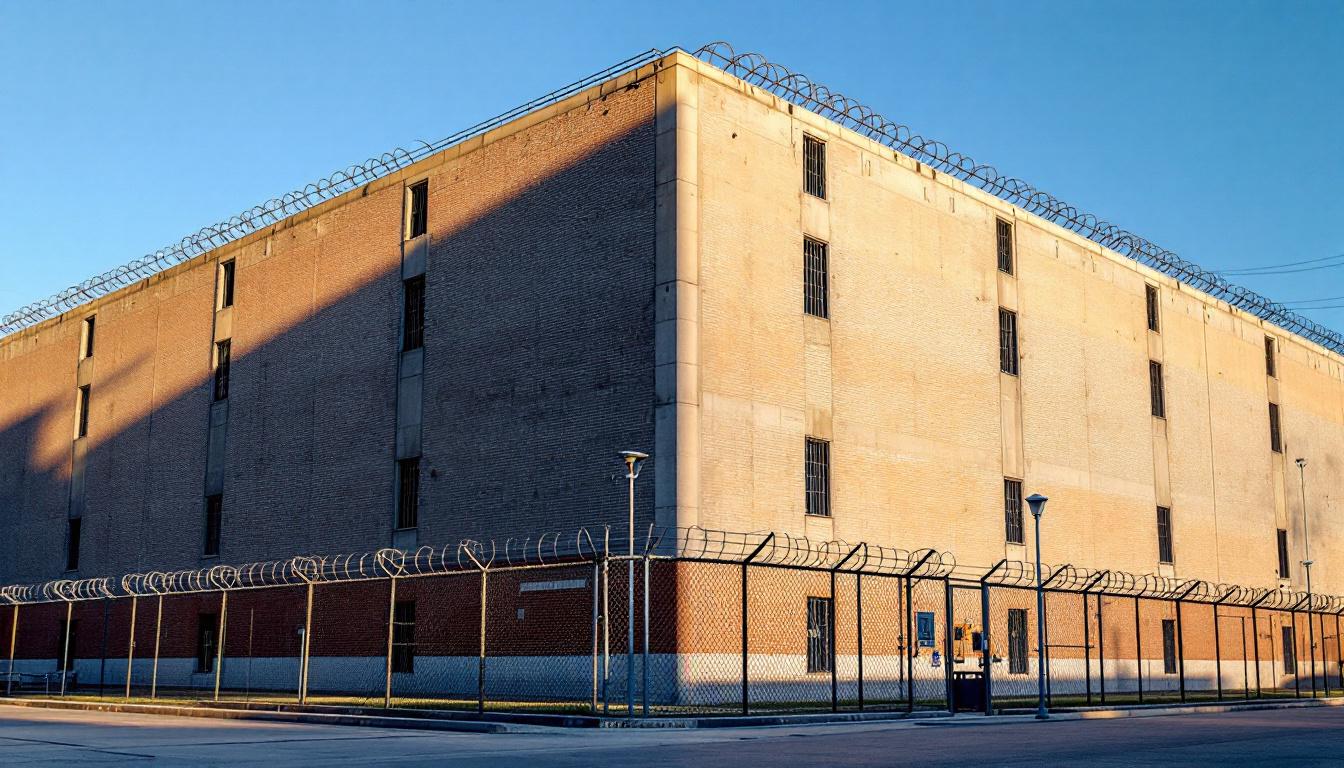
Quick Navigation
How to contact an inmate at Norfolk Sheriff's Office
This comprehensive guide will walk you through how to connect with an inmate at Norfolk Sheriff's Office. Follow the steps below to find an inmate and send letters and photos:
- Search for the inmate using our search tool below
- Create your account or log in to Penmate
- Write your message (up to 6,000 characters)
- Send instantly - inmates receive printed copies daily
Find an Inmate
Search for an inmate to start communicating today
Tip: You can search by first name, last name, or inmate ID number
To contact a person at Norfolk Sheriff's Office start by searching for the person on the official facility website. Perform a search by following these steps:
- Step 1: Enter their first name and last name into the search form and click "Search"
- Step 2: Locate their inmate record
- Step 3: Write down their Inmate ID and any housing information provided
Important! Be sure to enter the person's full name. Nicknames should not be used.
How to Send Messages to Inmates

You can use your phone or computer to send emails, letters, and photos to an inmate. Messages are sent electronically to inmate tablets or kiosks at the facility. If you would like to send a message, start by searching for an inmate at Norfolk Sheriff's Office.
Sending Photos and Postcards

A great way to send love and support to a loved one at Norfolk Sheriff's Office is to send photos and postcards. It only takes a few minutes to send photos from your phone and it makes a huge difference. You can also mail postcards with words of support and inspiration, or design your own postcard for special moments like birthdays and holidays.
Important! Be sure not to send any explicit photos or they may not be approved by the facility. You can also use a photo printing app like Penmate to make sure your photos are printed at the correct size (4x6 or 3x5) and are mailed according to the rules and regulations of Norfolk Sheriff's Office.
Frequently asked questions about Norfolk Sheriff's Office
-
How long does it take to deliver a message?
If you're sending an email message your letter is usually delivered within 24-48 hours. For messages sent via mail you should expect delivery within 3-7 days. All messages will need be approved by Norfolk Sheriff's Office.
-
How much does it cost to send a message to Norfolk Sheriff's Office?
You can send a message free using your phone or mail a message via USPS for the price of a $0.60 stamp and envelope. You can also purchase credits or e-stamps from services starting at $1.99.
-
What services can I use to contact an inmate at Norfolk Sheriff's Office?
Penmate
You can use Penmate to send letters and photos to an inmate from your phone. It's an easy way to stay in touch during your loved one's incarceration. Use the inmate locator to find an inmate's location and contact information, then you can send messages within a few minutes.
Securus messaging
Securus may be another option for communicating with an inmate at Norfolk Sheriff's Office. You can create a friends and family account and purchase credits to send messages. All messages will be reviewed and must be approved by the facility.
JPay
Some county jails and state prisons may support sending messages with JPay. You must register an account with the system, find your loved one, and purchase stamps to send messages. For some locations you can also attach photos.
Smart Jail Mail
You may also check if Smart Jail Mail is available at Norfolk Sheriff's Office. Smart Jail Mail is operated by Smart Communications and has contracted with some state and county jails. After purchasing credits, your messages and photos are sent to the facility, printed out, and then handed out to your loved one.
-
What is the mailing address of Norfolk Sheriff's Office?
Mailing address:
Norfolk Sheriff's Office
811 City Hall Ave
Norfolk, VA 23510
Phone: (757) 664-4700Business hours:
- Monday: 7:00 AM – 4:00 PM
- Tuesday: 7:00 AM – 4:00 PM
- Wednesday: 7:00 AM – 4:00 PM
- Thursday: 7:00 AM – 4:00 PM
- Friday: 7:00 AM – 4:00 PM
- Saturday: Closed
- Sunday: Closed
-
What are the visiting hours at Norfolk Sheriff's Office?
Visiting hours at Norfolk Sheriff's Office vary by housing unit and security level. Generally, visits are scheduled on weekends and holidays, with some facilities offering weekday visits. Contact the facility directly at (757) 664-4700 or check their website for the current visiting schedule. Visits typically last 30-60 minutes and must be scheduled in advance.
-
What items are prohibited when sending mail to Norfolk Sheriff's Office?
Prohibited items typically include: cash, personal checks, stamps, stickers, glitter, glue, tape, staples, paperclips, polaroid photos, musical or blank greeting cards, hardcover books, magazines with staples, and any items containing metal or electronics. Only send letters on plain white paper with blue or black ink. Photos must be printed on regular photo paper (no Polaroids). Always check with Norfolk Sheriff's Office for their specific mail policies.
-
How do I send money to an inmate at Norfolk Sheriff's Office?
You can send money to an inmate at Norfolk Sheriff's Office through several methods: 1) Online using JPay, Access Corrections, or the facility's approved vendor, 2) Money orders mailed directly to the facility with the inmate's name and ID number, 3) Kiosks located in the facility lobby, or 4) Over the phone using a credit or debit card. Fees vary by method, typically ranging from $2.95 to $11.95 per transaction.
-
Can I schedule a video visit with an inmate at Norfolk Sheriff's Office?
Many facilities now offer video visitation as an alternative to in-person visits. At Norfolk Sheriff's Office, video visits may be available through services like Penmate, Securus Video Connect, GTL, or ICSolutions. Video visits typically cost $10-20 for 20-30 minutes and must be scheduled in advance. You'll need a computer or smartphone with a camera and reliable internet connection. Contact the facility for their specific video visitation policies and approved vendors.
-
What identification do I need to visit an inmate at Norfolk Sheriff's Office?
All visitors must present valid government-issued photo identification such as a driver's license, state ID, passport, or military ID. Minors must be accompanied by a parent or legal guardian who can provide the minor's birth certificate. Some facilities require visitors to be on the inmate's approved visitation list, which may require a background check. Contact Norfolk Sheriff's Office for specific ID requirements and visitor approval procedures.
-
How can I find out an inmate's release date?
To find an inmate's release date at Norfolk Sheriff's Office, you can: 1) Use the online inmate search tool if available, 2) Call the facility's records department, 3) Contact the inmate's case manager or counselor, or 4) Have the inmate provide this information during a call or visit. For privacy reasons, some facilities only release this information to immediate family members.
Facility Overview
Contact Information
Norfolk Sheriff's Office811 City Hall Ave
Norfolk, VA 23510
Phone: (757) 664-4700
Official Website

About Norfolk Sheriff's Office
Serving the regional corrections network across Virginia’s southern corridor, Norfolk City Jail plays an integral role in maintaining public safety while providing structured programming for individuals in custody. Located in Phoenix, VA, this county jail facility operates within the broader framework of Virginia’s correctional system, typically housing pre-trial detainees and those serving shorter sentences while connecting them to essential services and support systems.
The facility generally emphasizes security protocols alongside rehabilitation-focused programming that may include educational opportunities, substance abuse counseling, and vocational training designed to support successful community reintegration. As a VA correctional facility, Norfolk City Jail typically coordinates with regional partners to ensure those incarcerated services address both immediate custody needs and longer-term preparation for release. Staff often work to maintain structured daily routines that balance safety requirements with programming opportunities, creating an environment where individuals can access resources that may support positive behavioral changes.
Within Phoenix’s correctional landscape, the facility serves as a crucial component of the county’s justice system, often facilitating court appearances, managing intake and release processes, and maintaining connections between incarcerated individuals and their families. The jail’s position in Virginia’s southern region allows it to collaborate with neighboring jurisdictions and state-level agencies, ensuring comprehensive case management and continuity of care that extends beyond the facility’s walls into community-based support networks.
Programs & Services
Personal transformation and skill development form the cornerstone of Norfolk City Jail’s comprehensive approach to rehabilitation, where those incarcerated encounter structured pathways designed to foster meaningful change. The facility’s philosophy emphasizes that periods of incarceration can serve as catalysts for positive growth when coupled with purposeful programming and dedicated support systems. Through carefully designed offerings that prioritize security while promoting personal development, the institution creates an environment where individuals may cultivate essential life skills and address underlying challenges that contributed to their circumstances. This multifaceted approach recognizes that sustainable reintegration requires both practical competencies and emotional resilience, delivered within a framework that maintains safety for all participants.
Educational advancement and vocational preparation typically constitute fundamental pillars of the facility’s programming structure, providing those incarcerated with opportunities to enhance their academic credentials and develop marketable skills. Education programs may furnish pathways for individuals to complete high school equivalency requirements or pursue adult literacy development, often incorporating technology-based learning platforms that accommodate diverse learning styles and schedules. Additionally, vocational training offerings frequently encompass trades and technical skills that align with regional employment opportunities, enabling participants to acquire certifications and hands-on experience in fields that demonstrate strong job market demand upon their release.
Therapeutic and wellness-focused offerings often include cognitive behavioral programs that address thought patterns and decision-making processes, while mentoring programs may connect those incarcerated with positive role models who provide guidance and support throughout their journey. Stress management initiatives typically incorporate techniques for emotional regulation and conflict resolution, complementing volunteer programs that allow participants to contribute meaningfully to their community while developing a sense of purpose and responsibility. Additionally, physical fitness offerings may furnish structured exercise opportunities that promote both physical health and mental well-being, recognizing the integral connection between bodily wellness and successful rehabilitation outcomes.
Daily Life & Visitation
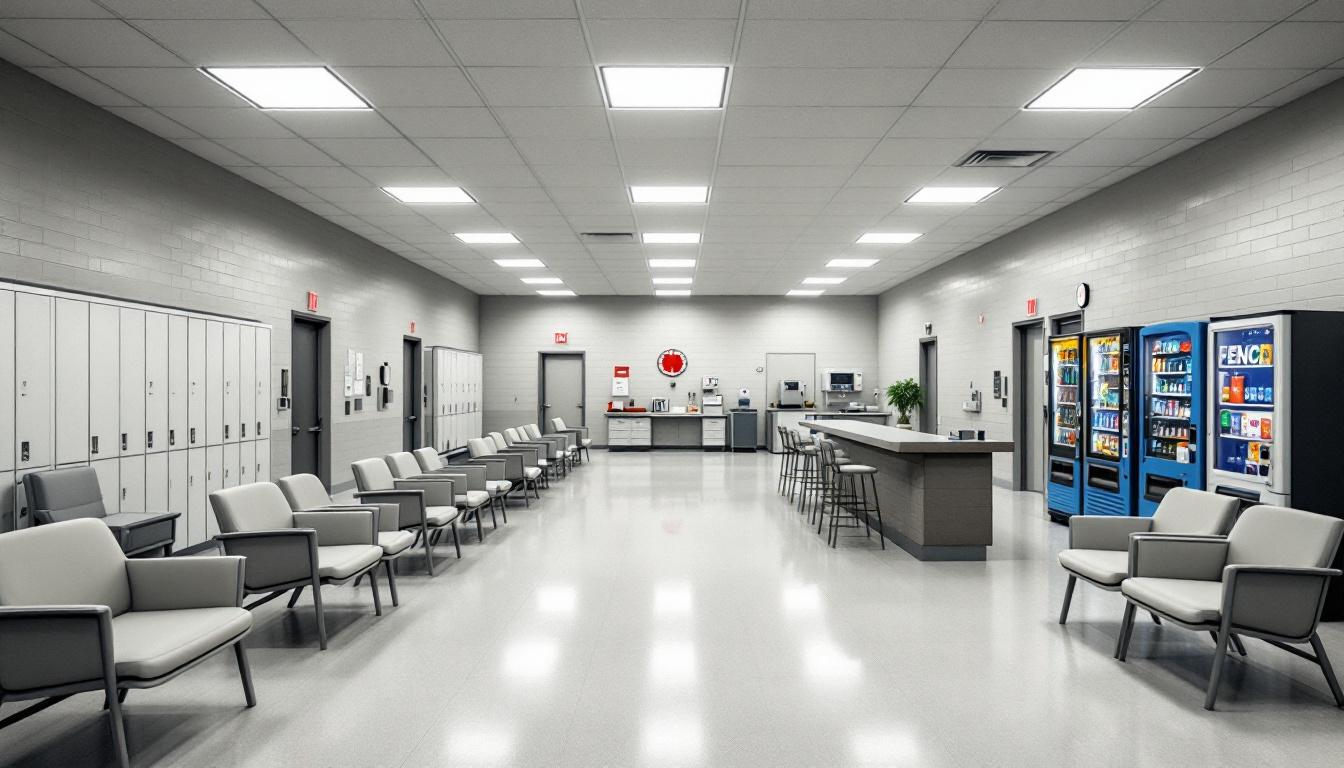
Family connections and community bonds remain central to the experience of those incarcerated at Norfolk City Jail, as maintaining relationships with loved ones often provides crucial emotional support during their time at the facility. Today’s structured environment consistently revolves around scheduled activities that furnish both routine and opportunities for personal growth, with those incarcerated typically beginning their day with early morning counts and meal service before transitioning into various programming and work assignments that help maintain a sense of purpose and community within the facility walls.
Living accommodations generally consist of shared housing units where those incarcerated develop informal support networks and navigate the social dynamics that naturally emerge in communal living situations. While the physical space may be limited, residents often find ways to create personal areas within their assigned bunks and maintain their belongings through regulated personal property allowances and commissary purchases that help preserve individual identity and comfort. Additionally, the dining arrangements typically bring residents together for scheduled meals that serve as important social gathering times, where conversations and connections help break up the routine of institutional life.
The facility usually offers various recreational activities and structured programming that encourage positive social interactions and skill development, with work assignments often providing those incarcerated with meaningful responsibilities that contribute to the facility’s daily operations. Communication with family members and friends generally occurs through scheduled visitation periods, telephone access, and correspondence, which help those incarcerated maintain vital connections to their support systems and communities outside the facility. While security procedures necessarily govern these interactions, the emphasis on preserving family bonds and community ties typically remains an important aspect of the overall environment, recognizing that these relationships often play a crucial role in successful reintegration upon release.
Ready to Connect?
Start communicating with your loved one today
Search for an Inmate
